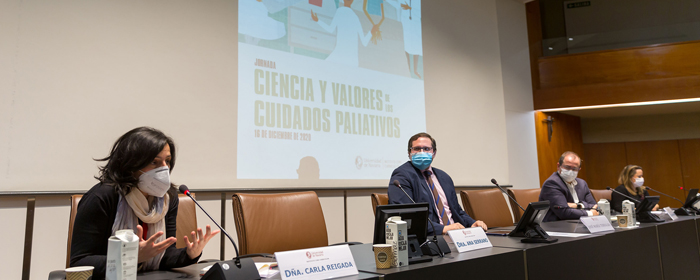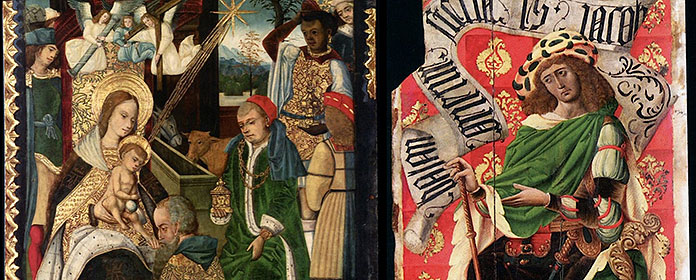Nuño Mardones analyzes in a thesis the relationship between urbanism and architecture in Great Britain between 1932 and 1968.
"The British urban discipline experienced a major breakthrough between the passage of the Town and Country Planning Act of 1932 and the Town and Country Planning Act of 1968."
Nuño Mardones has defended in the 2012-2013 academic year the doctoral thesis 'Planning and Design, the discipline and the British urban internship 1932-1968'. The research is framed in a line of the department of Urbanism of the School of Architecture of the University of Navarra.
According to the new doctor, the work seeks to clarify the relationship between urbanism (planning) and architecture (design) between 1932 and 1968. "The British urban discipline ," he explains, "experienced a major breakthrough between the passage of the Town and Country Planning Act of 1932, which consolidated planning by incorporating the country into statutory planning, and the Act of the same name published in 1968, which established a completely new planning system.
Nuño Mardones points out that World War II "brought about a favorable climate for urban planning and discipline entered a period of brilliance". In this sense, he emphasizes that "the publication of the London plans, the work of Abercrombie, and the promotion of new towns were the maximum exponent of an urbanism based on the formal definition of the city, where the design was the main tool of the planners".
A change in epistemological status
With respect to the 1950s and 1960s, the work of Lewis Keeble's Principles and Practice of Town and Country Planning "systematized this approach, which had been present since the origins of planning. planning planning at the end of the 19th century".
"However, in the 1960s, the lack of urban quality of new developments and the increasing complexity of planning began to crack the unity that had existed up to that point," he continues.
"test of this was the discussion emerged within the Town Planning Institute that pointed towards a change in the epistemological status; a change that, after the 1968 law, favored the definition of urban design as a specific activity capable of addressing social problems and formal issues on an intermediate scale, thus diluting the relationship between architecture and urbanism that had characterized the discipline", he points out.
Nuño Mardones has made two visits to research in London, where he was at the Royal Institute of British Architects and visited the Library Services Británica and the Architectural Association.
To make his research, he had a scholarship of the association of Friends of the University of Navarra.




